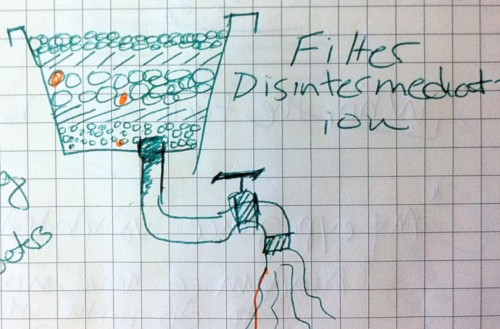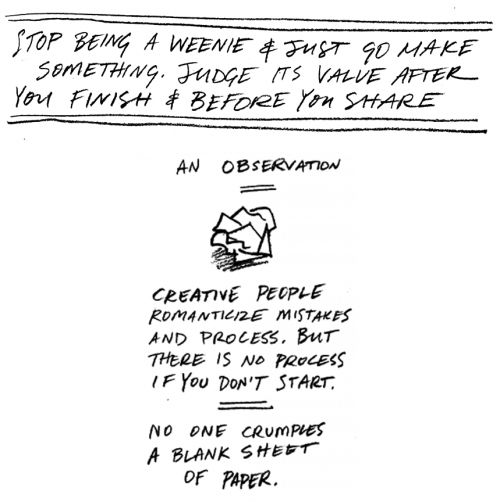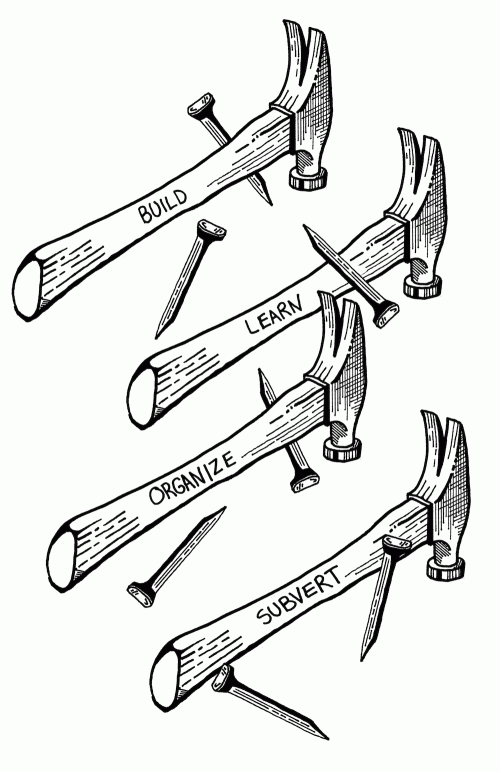Extreme positive emotions
** amaz*, A-one, astonish*, awe-inspiring, awesome, awful, bang-up, best, bless*, brillian*, by all odds, careful*, challeng*, cherish*, confidence, confident, confidently, convinc*, crack, cracking, dandy, deadly, definite, definitely, delectabl*, delicious*, deligh*, deucedly, devilishly, dynam*, eager*, emphatically, enormous, excel*, excit*, exult, fab, fabulous*, fantastic*, first-rate, flawless*, genuinely, glori*, gorgeous*, grand, grande*, gratef*, great, groovy, hero*, huge, illustrious, immense, in spades, in truth, incredibl*, insanely, inviolable, keen*, luck, lucked, lucki*, lucks, lucky, luscious, madly, magnific*, marvellous, marvelous, neat*, nifty, outstanding, peachy, perfect*, phenomenal, potent, privileg*, rattling, redoubtable, rejoice, scrumptious*, secur*, sincer*, slap-up, smashing, solid, splend*, strong*, substantial, succeed*, success*, super, superb, superior*, suprem*, swell, terrific*, thankf*, tiptop, topnotch, treasur*, tremendous, triumph*, truly, truth*, unassailable, unbelievable, unquestionably, vast, wonderf*, wondrous, wow*, yay, yays, very good
Extreme Negative Emotions
abominable, abortive, absurd, advers*, ambitious, annihilating, annihilative, atrocious, awful, badly, baffling, barbarous, bias, breach, brokenhearted, brutal*, calamitous, careless*, catchy, challenging, cockeyed, coerce, crafty, craz*, cruel*, crushed, cunning, curious, danger*, daunting, daze*, defect*, degrad*, demanding, demeaning, depress*, derisory, despair*, desperat*, despicable, destroy*, devastat*, devil*, difficult*, dire, direful, disastrous, disgraceful, dodgy, dread*, exasperating, exorbitant, extortionate, fail*, farcical, farfetched, fatal*, fateful, fault*, fearful*, fearsome, fierce, finished, fright*, frustrat*, funny, grave*, griev*, guileful, hard, harebrained, harm, harmed, harmful*, harming, harms, heartbreak*, heartbroke*, heartless*, heartrending, heartsick, hideous, hopeless*, horr*, humbling, humiliat*, hurt*, idiot, idiotic, ignominious, ignor*, implausible, impossible, improbable, inauspicious, inconceivable, inferior* , infuriating, inglorious, insane, insecur*, intimidat*, jerk, jerked, jerks, kayoed, knavish, knocked out, knotty, KOd out, KO’d out, laughable, life-threatening, luckless*, ludicrous*, maddening, madder, maddest, maniac*, menace, mess, messy, miser*, misfortunate, mortifying, muddle, nast*, nonsensical, outrag*, overwhelm*, painf*, panic*, paranoi*, pathetic*, peculiar*, pessimis*, pickle, piti*, precarious, preconception, prejudic*, preposterous, pressur*, problem*, reek*, resent*, ridicul*, roughshod, ruin*, savage*, scandalous, scourge, serious, seriously, severe*, shake*, shaki*, shaky, shame*, shock*, silly, skeptic*, slimy, slippery, squeeze, steep, strange, stunned, stupefied, stupid*, suffer, suffered, sufferer*, suffering, suffers, sunk, terribl*, terrified, terrifies, terrify, terrifying, terror*, threat*, thwarting, ticked, tough*, tragic* , transgress, trauma*, tremendous, trick*, trigger-happy, ugl*, unbelievable, unconscionable, unconvincing, unimaginable, unimportant, unlucky, unmanageable, unspeakable, unsuccessful*, untoward, unworthy, usurious, vehement, vexing, vicious*, victim*, vile, violat*, violent*, vulnerab*, washed-up, wicked*, withering, wonky, worst, worthless* , wretched, very bad





